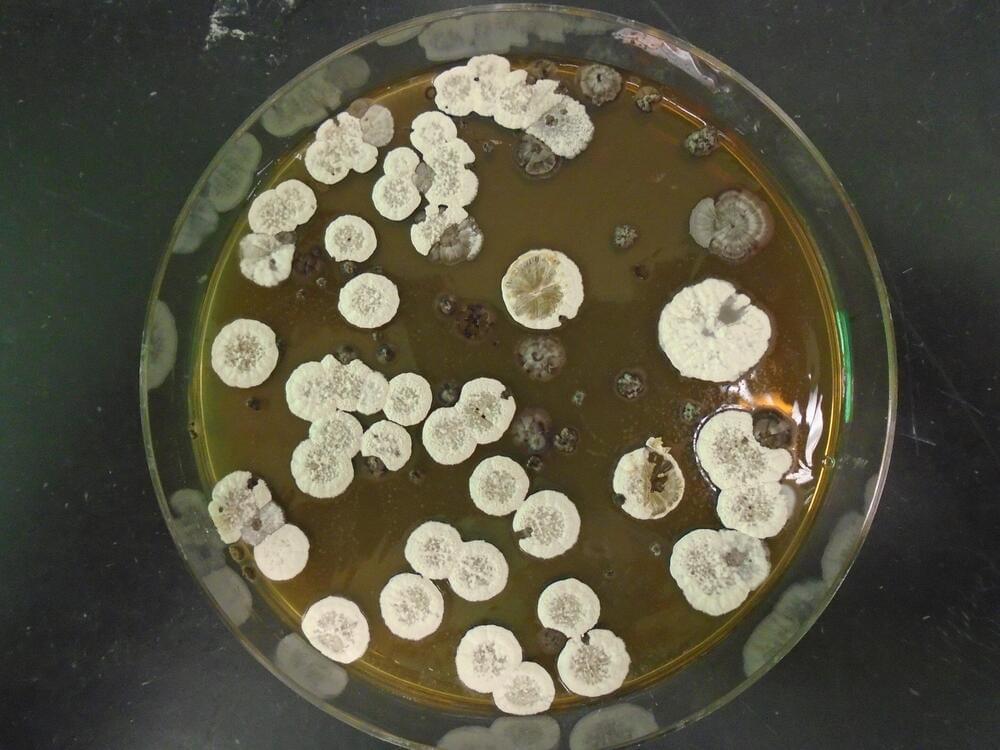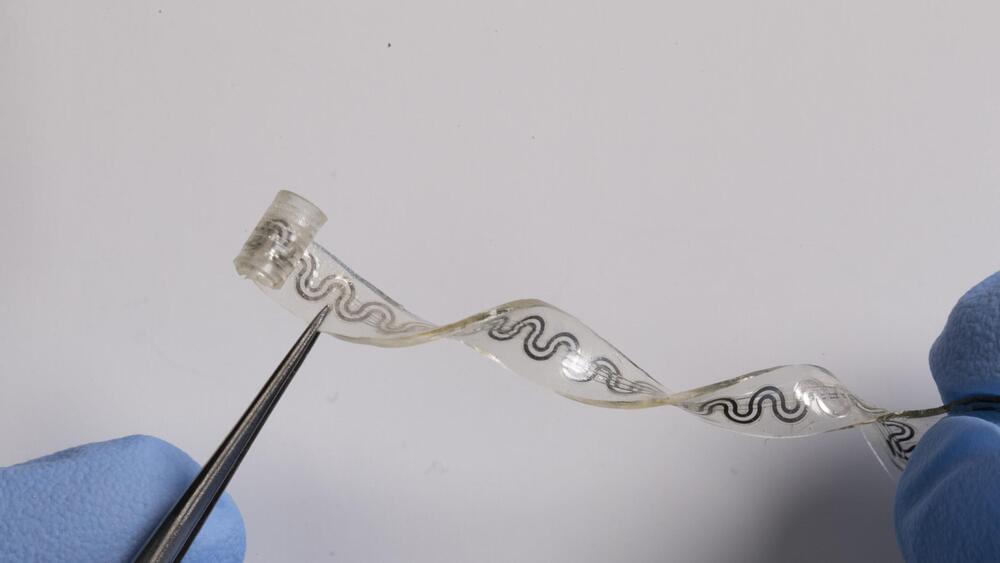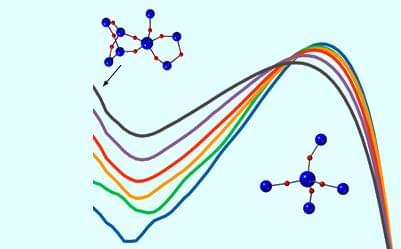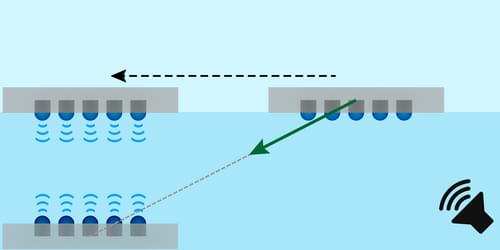Jul 1, 2022
Michelle Simmons: quantum machines at the atomic limit | The Royal Society
Posted by Dan Breeden in categories: biological, nanotechnology, particle physics, quantum physics
Join Professor Michelle Simmons to find out how scientists are delivering Richard Feynman’s dream of designing materials at the atomic limit for quantum machines. 🔔Subscribe to our channel for exciting science videos and live events, many hosted by Brian Cox, our Professor for Public Engagement: https://bit.ly/3fQIFXB
#Physics #Quantum #RichardFeynman.
Continue reading “Michelle Simmons: quantum machines at the atomic limit | The Royal Society” »

















